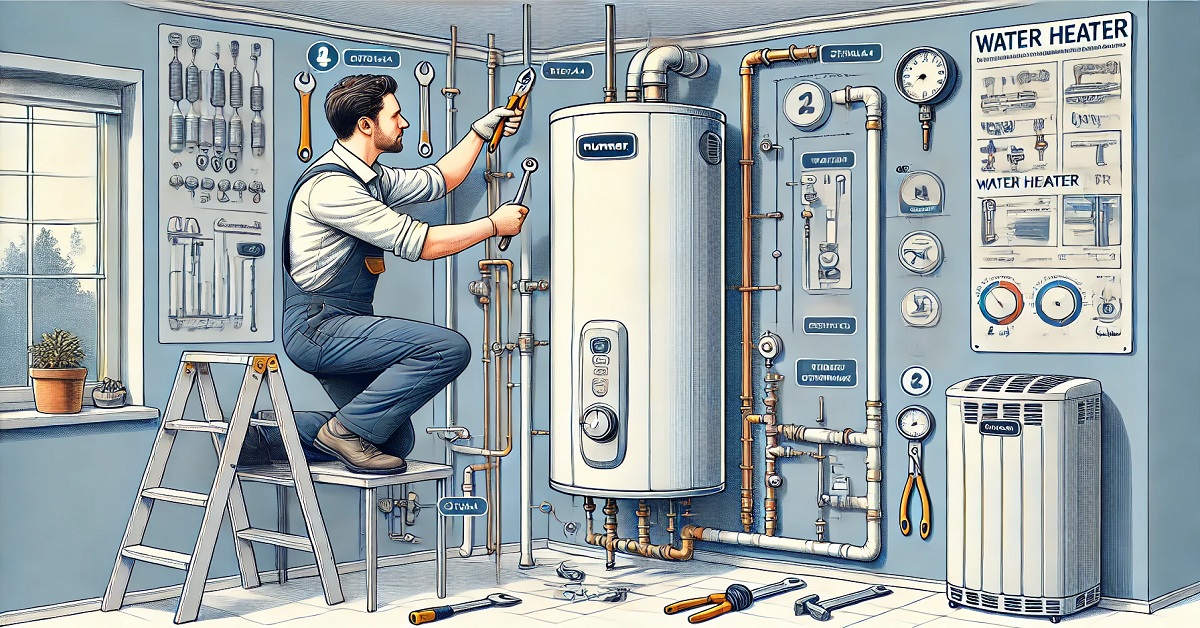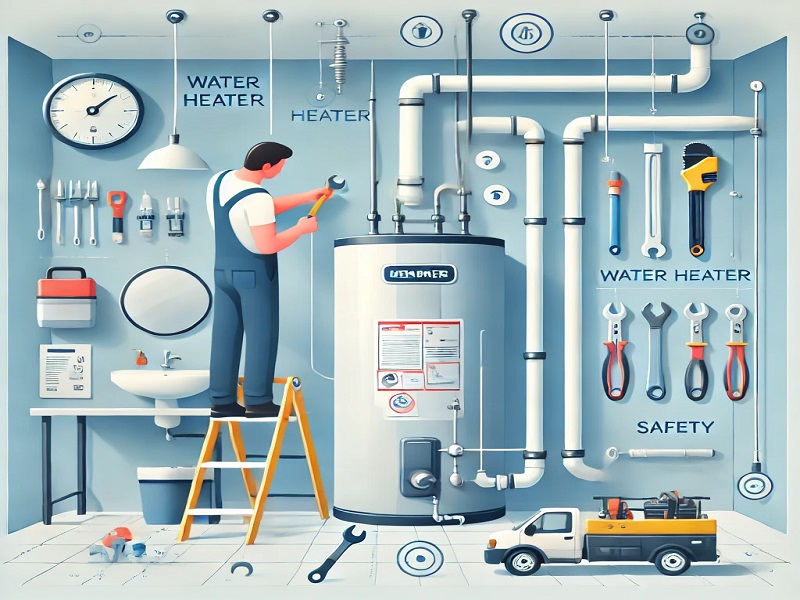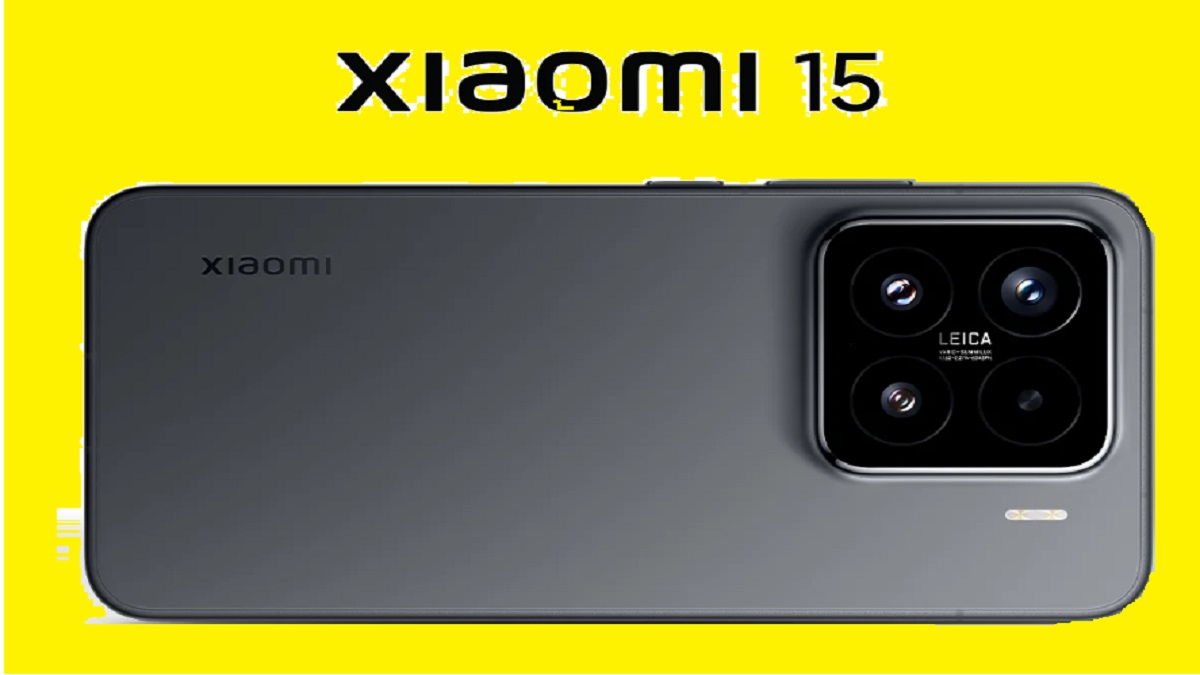
When it comes to household appliances, a water heater is one of the most essential. Whether it’s to kickstart your morning routine with a hot shower or to clean dishes after dinner, the water heater ensures a steady supply of hot water. However, water heater installation requires careful attention to detail, and in some cases, professional expertise.
If you’re looking to install a new water heater or replace an old unit, it’s important to understand the steps, the types of systems available, and the key considerations. This guide will take you through everything you need to know about water heater installation, ensuring you make the right choice for your home.
Why Proper Water Heater Installation is Crucial
A correctly installed water heater ensures efficiency, safety, and longevity. Improper installation can lead to a host of problems, such as:
- Leaks: Incorrectly connected pipes or faulty seals can cause leaks, leading to water damage.
- Inefficiency: A poorly installed unit might use more energy, which means higher utility bills.
- Safety Hazards: Gas heaters can be dangerous if installed without proper ventilation, posing a fire risk or carbon monoxide exposure.
- Shortened Lifespan: Improper installation can cause wear and tear on the unit, resulting in frequent breakdowns.
Ensuring your water heater is installed properly is key to avoiding these issues and ensuring that your system runs smoothly for years.
Types of Water Heaters
Before diving into the installation process, it’s important to know which type of water heater suits your home’s needs. Understanding the different options will help you make a well-informed decision.
1. Tank Water Heaters (Storage Water Heaters)
Tank water heaters are the traditional choice for many households. These systems store hot water in a tank and heat it constantly or in intervals, making hot water available whenever you need it.
Installation Needs:
- Requires space for a large tank.
- Plumbing connections to both cold and hot water lines.
- Electric or gas connection (depending on the model).
- Proper venting for gas models.
2. Tankless Water Heaters (On-Demand)
Tankless water heaters provide hot water on demand without storing it in a tank. They only heat water when you need it, which makes them more energy-efficient than traditional tank models.
Installation Needs:
- Compact design that mounts on the wall.
- Requires a higher gas input or an upgraded electrical system.
- Specialized venting for gas models.
- Less space required compared to tank-style heaters.
3. Hybrid Water Heaters (Heat Pump Water Heaters)
Hybrid water heaters combine the features of conventional electric heaters with heat pump technology, offering a highly efficient way to heat water.
Installation Needs:
- Requires space for air circulation for the heat pump.
- Electric connection and adequate water lines.
- More complex than traditional electric models.
4. Solar Water Heaters
Solar water heaters use solar panels to harness energy from the sun to heat water. Though initially expensive, they can offer substantial energy savings in the long run and are an eco-friendly option.
Installation Needs:
- Solar panels installed on your roof or another sun-exposed area.
- A storage tank to hold the heated water.
- Integration with the home’s plumbing.
Step-by-Step Water Heater Installation Process
While installing a water heater is a process that typically requires professional help, here’s an overview of the steps involved:
1. Choosing the Right Installation Location
Selecting the right spot for your new water heater is crucial for its efficiency and performance. Look for a location that meets the following criteria:
- Proper Ventilation: For gas-powered heaters, venting is essential to prevent carbon monoxide buildup.
- Easy Accessibility: Make sure the water heater is easily accessible for maintenance and future repairs.
- Space Considerations: Tankless models need significantly less space, while traditional tank heaters need ample room for installation.
- Proximity to Utilities: Ensure that the location allows easy access to plumbing and gas or electrical lines.
2. Shut Off Water and Power
Before beginning the installation, turn off the water and the power supply to the existing unit. If you’re replacing an old water heater, it’s important to drain the tank to remove any remaining water.
3. Removing the Old Water Heater
For replacement projects, disconnect the old water heater carefully. Start by:
- Shutting off the water supply lines.
- Disconnecting the power source or gas line.
- Detaching the water inlet and outlet pipes.
- Removing the old unit and disposing of it according to local regulations.
4. Installing the New Water Heater
For Tank Water Heaters:
- Position the new tank in place.
- Connect the cold water inlet and the hot water outlet to the respective pipes.
- For gas-powered models, connect the gas line and ensure the system is properly vented.
- For electric models, connect the power supply to the heating elements.
- Tighten all connections to prevent leaks.
For Tankless Water Heaters:
- Mount the tankless unit securely to the wall.
- Connect the water supply lines.
- For gas models, connect the gas line and ensure proper venting.
- For electric tankless models, ensure the electrical system can handle the load of the heater.
- Verify that the connections are secure.
For Hybrid or Solar Water Heaters:
- Install the heat pump or solar panel unit.
- Connect the plumbing lines to the water heater and the pump system.
- Set up any electrical or gas connections as necessary.
- Ensure that the heat pump has sufficient airflow and that the solar panels are properly angled.
5. Filling the Tank and Testing the Heater
After installing the water heater, open the cold water supply valve and fill the tank. Once it’s full, turn on the power or gas supply to activate the unit.
Check the following:
- Ensure that hot water is flowing from the system.
- Inspect for any leaks around the connections.
- Confirm the unit is heating the water properly.
- Set the thermostat to the desired temperature, typically around 120°F for optimal energy efficiency.
6. Final Inspection
Ensure all connections are tight, the system is running efficiently, and no leaks are present. If you’ve hired a professional, they should conduct a thorough inspection to confirm that everything is in working order and up to code.
DIY Installation vs. Professional Help
While some DIY enthusiasts may consider installing a water heater themselves, it’s often better to rely on a licensed professional. Here’s why:
1. Safety Considerations
Gas water heaters, in particular, require careful installation to prevent dangerous gas leaks. Improper venting or connections can pose serious safety risks.
2. Compliance with Codes
Professional installers are familiar with local building codes and regulations, ensuring that your installation is legal and safe.
3. Manufacturer Warranty
Most manufacturers require professional installation to maintain the warranty. DIY installations may void the warranty, leaving you responsible for any future repairs or issues.
4. Long-Term Savings
A correctly installed water heater will run more efficiently, saving you money on energy bills and reducing the need for frequent repairs.
Conclusion: How to Ensure a Successful Water Heater Installation
Installing a new water heater is a significant investment, and ensuring the installation is done right is crucial for long-term performance, energy efficiency, and safety. Whether you’re replacing an old unit or installing a brand-new system, understanding your options and the installation process is essential.
Choose the right type of water heater based on your home’s needs, and don’t hesitate to hire a professional for installation. By doing so, you’ll avoid costly mistakes, ensure that your water heater operates at peak efficiency, and enjoy reliable hot water for years to come.








